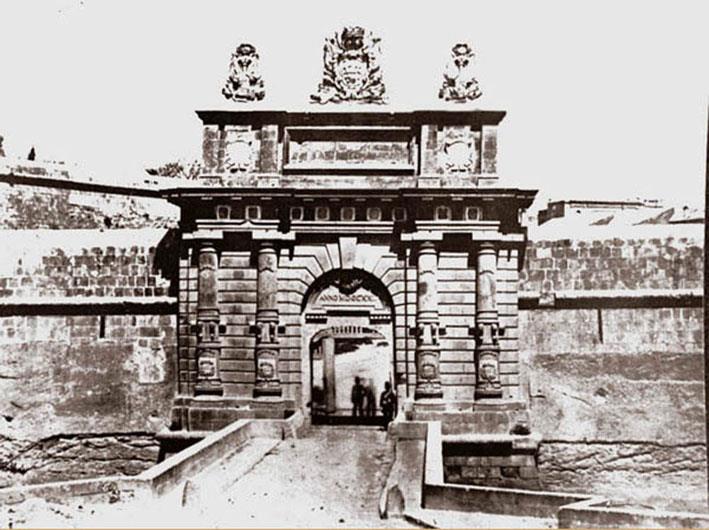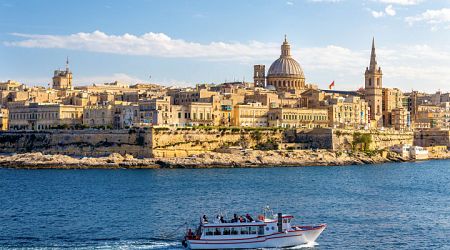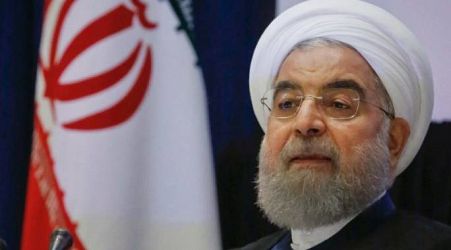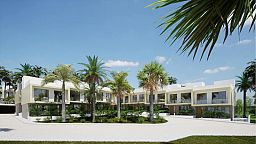Happy 300th Floriana
Today, 9 May is Floriana’s 300th birthday! On this day, three hundred years ago, in 1724, the Portuguese Grandmaster Manoel De Vilhena ruled out in a decree that the area which today is known as Floriana is to become residential and he gave off

Today, 9 May is Floriana’s 300th birthday! On this day, three hundred years ago, in 1724, the Portuguese Grandmaster Manoel De Vilhena ruled out in a decree that the area which today is known as Floriana is to become residential and he gave official permission for buildings to be built. This may seem a simple decision today, in an era where buildings are sprouting everywhere. However, in a day where priorities were defence and the safety of society in general, buildings took on a secondary role. It was hence a very difficult decision to be taken by a bold policy-maker.
As everyone knows, Valletta was built as a consequence of the Great Siege of 1565. Despite the fact the knights managed to round off the Ottomons away, one cannot say this was an easy feat. The islands were not prepared for such a massive assault and had no adequate fortifications. The siege was won against all odds. For this reason, the knights decided to build Valletta: a war machine with strong bastions and fortresses.
This defence issue became an obsession. Despite the strong defences of Valletta, the knights were always concerned that these strong bastions might be penetrated, especially the bastions linking the Valletta peninsula to the mainland. The enemy can thereby penetrate the city on foot. The order engaged military engineer Pietro Paolo Floriani from Macerata in Italy to produce some designs for the strengthening of the land-looking curtain of bastions of Valletta. Floriani came to Malta in 1634 and designed what we today call the Floriana Lines: the curtain of bastion walls flanking Porte des Bombes from Marsamxett to Grand Harbour. Basically his idea was simple: to build another series of bastions outside the existing Valletta walls resulting in an empty area between the two lines. This in military terms is galled a glacis. Should the Floriana fortifications be breached, there would be a second line of defence. Additionally, should the enemy manage to penetrate the Floriana Lines, the knights would be able to round the enemy up in the glacis, firing at them from the surrounding bastions all around. The enemy would thus have no possibility of penetrating the walls of Valletta and would flee away in defeat.
This idea of Floriani was innovative and was not easily accepted. Floriani received a lot of criticism and he left Malta in 1638 since in the day it was decided his ideas will not see the light of day. In the area of what today is Floriana, outside the Valletta walls, the Capuchin Convent, the Mall gardens, the Wignacourt water tower and Sarria Church were already built. As Grandmasters changed, the obsession with strengthening the fortifications remained. In fact, Grandmaster Carafa between 1680 and 1690 engaged Vincenzo Firenzuola to build the Floriana Lines on the idea and main designs of Pietro Paolo Floriani, who in the meantime had died in 1638. Grandmaster Perellos built Porte des Bombes but did not live to see it completed in 1721. It was inaugurated by Grandmaster Vilhena. This is why on the archways today we see the coat of arms of Perellos and not Vilhena. Vilhena in his turn continued to strengthen further the fortifications built by his predecessors.
Meanwhile the population in Valletta was thriving well. The Maltese people started transferring itself to the capital city which was safer and convenient. This meant Valletta was overpopulated. Associated with this were the risks of hygiene and the risk of plague. Something had to be done to build more residential units. Vilhena had an idea: building the glacis which was empty. This would however ruin the scope for which it was created: defence. Buildings would reduce visibility from the Valletta bastions which in the day could clearly see the Porte des Bombes and the Floriana lines. Should the enemy attack, it would have more room to hide amongst the buildings.
After many discussions a solution was found: the area of Floriana was to be built. However, there were some conditions that had to be observed. Houses had to be a maximum of one storey in height for visibility. Streets had to be grid-shaped so that the enemy cannot hide easily. Houses were to be disassembled easily should there be the need for it during a siege. Most importantly, the glacis had to remain, but on a smaller scale. In fact no buildings were allowed in the last stretch of land leading into Valletta. The line of buildings could extend up to the Church of St Publius. This is why there are open spaces to this day: the granaries and the football ground. Other buildings in that area were later additions.
This decision was arrived at precisely three hundred years today: on the 9th of May 1724. Vilhena signed the decree granting such permission and gave the city his name: Borgo Vilhena. Later the name Floriana was adopted as well in honour of the original master-mind P. P. Floriani. Obviously people were sceptical and at first preferred living in Valletta rather than in the new city. Vilhena gave an incentive. Upon death, the knights were obliged by the rule of the order to leave a portion of their wealth to the order. For property acquired in the new city of Floriana, Vilhena dispensed the knights of this obligation and they could hence pass on such property 100% to their heirs. This looked attractive and in fact many knights bought properties in Floriana. These include Sarria, de l’Argote, Pinto, Franconi and Maison, amongst others.
In a society where priorities seem to have become solely focused on progress, history can give us an important lesson. Progress cannot stifle our safety. We cannot afford to be ‘sieged’ in the name of progress. Incentivising the market is the key to encourage people to act in a sensible manner, which would otherwise act inordinately guided by their greed. Despite our digital and technological capabilities, our ancestors can teach us a lot. By being visionaries, thinking out well and planning adequately they managed to achieve a lot with much less. Grandmaster Vilhena was known to be the forefather of our welfare state. Apart from building Floriana he also built the Ospizio, an old people’s home and the Conservatorio, a home for unmarried girls aiding them to get a dowry in order to be able to get married. Floriana is grateful to Vilhena and proud to bear his name and that of Floriani. Unfortunately, for many people Floriana only means football. The city is much older than the football club and has a much richer and varied history. One has to simply stop, observe and listen. Each stone has a story to tell.
Related
Share this page
Guest Posts by Easy Branches

































